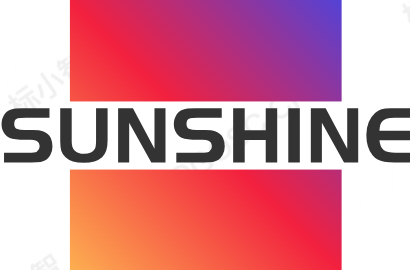Thai Interior Design Style
Thailand’s interior design is renowned for its unique cultural fusion, natural elements, and modern aesthetics, and has gained international attention in recent years. The following are the main characteristics and trends of interior design in Thailand:
1. Integration of culture and traditional elements
Buddhism and Zen: Thailand is a Buddhist country, and religious symbols such as Buddha statues, niches, and lotus patterns are commonly used in design to create a peaceful atmosphere.
Traditional handicrafts, such as silk, rattan weaving, wood carving, ceramics, etc., are often used to decorate details and reflect the texture of handicrafts.
Thai colors: Rich colors such as gold (symbolizing royalty and Buddhism), deep red, emerald green, etc., paired with soft neutral tones (such as beige and light gray).
2. Nature and Sustainable Design
Natural materials: Local materials such as bamboo, teak, rattan, coconut shells, etc. are widely used, emphasizing environmental protection and sustainability.
Indoor and outdoor connectivity: large windows, open layout, courtyard or water feature design, blurring the boundaries between indoor and outdoor (affected by tropical climate).
Plant decoration: Tropical plants such as bamboo and banana are common embellishments that add vitality.
3. Modern Thai Style (Thai Contemporary)
Minimalist lines: retaining traditional elements but simplifying the design, suitable for urban life.
Mix and match style: Combining Nordic minimalism, industrial style, or Japanese chic aesthetics to create a unique “Thai modern” style.
High end vacation style: Inspired by Thai luxury hotels such as Banyan Tree and Aman, emphasizing comfort and artistic sense.
4. Featured Space Design
High ceiling and ventilation structure: adapted to tropical climate, improving air circulation.
Multi functional space: Small units commonly use flexible designs such as folding doors and tatami mats.
Waterscape and Light and Shadow: Pools, fountains, or translucent screens create layers of light and shadow.
5. Representative designers and case studies
designer:
Duangrit Bunnag (Representative work: The Jam Factory in Bangkok)
Pongthep Sagulkuw (skilled in modern Zen design)
Boonserm Premthada focuses on local materials, such as the Bangkok Elephant Museum.
Case references: Chiang Mai boutique hotel, Bangkok riverside residence, Phuket villa.
6. Suitable for the target audience
People who enjoy nature, cultural atmosphere, and slow living.
Pursuing personalization and artistic sense, while emphasizing practicality.
Small unit or vacation home owners (Thai design excels in optimizing space).
7. Precautions
Climate adaptability: Moisture and sun protection should be considered (such as using anti-corrosion wood).
Localized procurement: The Thai domestic furniture market (such as Chatuchak Weekend Market in Bangkok) is the inspiration source.
Balancing tradition and modernity: avoiding element stacking and maintaining visual harmony.
If you want to try Thai style, you can start with specific details, such as decorating the space with rattan furniture, tropical plants, or golden decorative paintings, and gradually incorporating more distinctive elements
This article is from a submission and does not representThailand Interior Decoration _ House Interior Decoration _ Decoration Design Company-Sunny Cottageposition,If reproduced, please indicate the source:https://www.decorationbydiana.com/21781/
